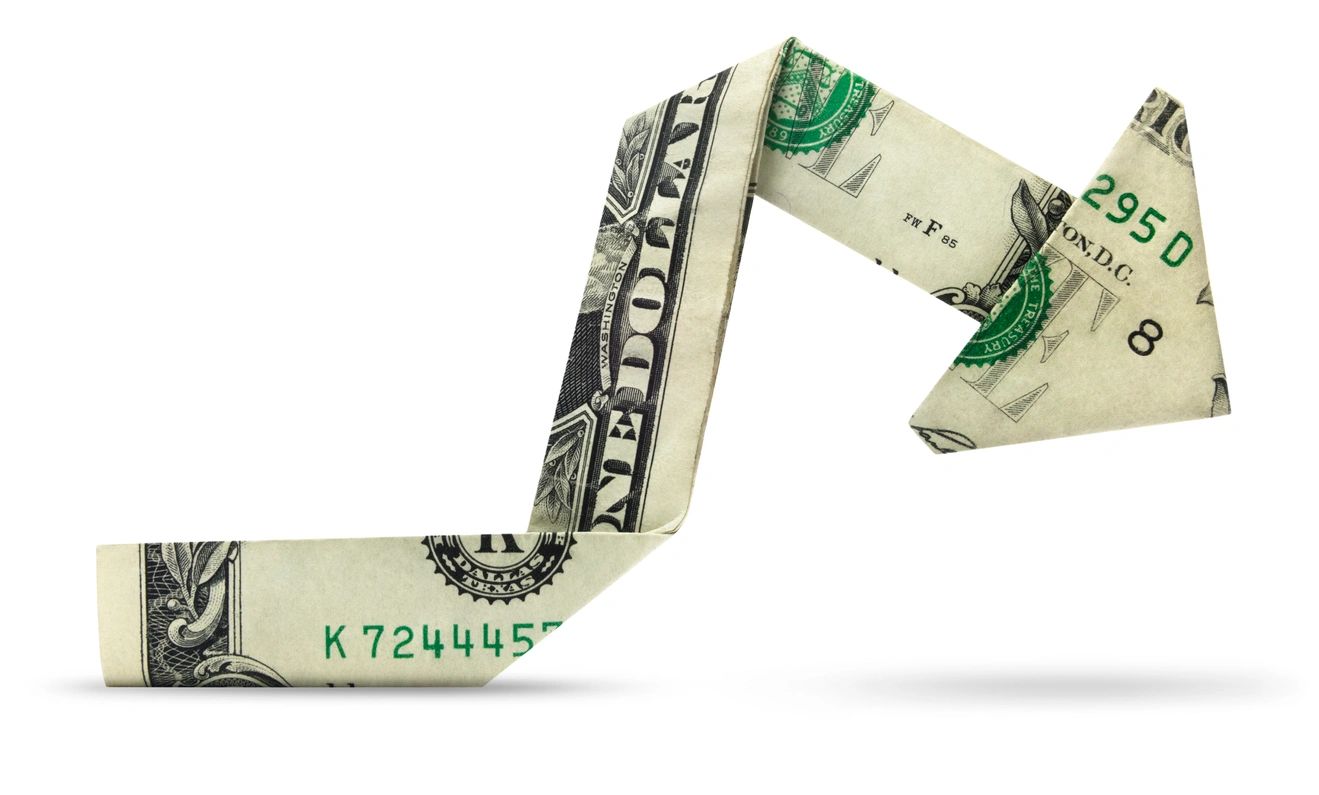Have you noticed the prices edging up not just on homes and gas, but also on groceries, lumber, used cars, and home improvement items? My friend told me a story last week about how he works in a large home improvement store and over the last year, he’s watched the same 100 ft. spool of electrical wire go from $65 to $95 to $165. Used cars went up in price by 10% across the country in just one month. The stock market is at all time highs. Cryptocurrency trading is becoming more widespread, and there are more retirement account millionaires than ever before.
In an effort to curb the financial impact of the pandemic, the Federal Reserve moved interest rates to all-time lows and Congress handed out stimulus checks, unemployment benefits, and forgivable business loans through a bill called the CARES Act (Coronavirus Aid Relief and Economic Security Act).
With this newfound borrowing and spending power, many Americans bought new houses, cars, clothes, and appliances. This has fueled more demand and thus higher prices. Inflation can expand because when people need more money to purchase items, they tend to charge more for their services which in turn, raises prices more.
The Federal Reserve will keep an eye on inflation and raise interest rates when necessary, to make sure that we don’t see an inflation environment similar to the 1970s. In the meantime, you should take steps to make sure that inflation doesn’t erode your spending power and the real value of your money.
If you have large amounts of money sitting in a bank account, you need to invest at least a portion of it in a diversified portfolio in order to retain buying power. If inflation is just 3% a year (which is conservative for the past couple years), your $100 today will only be worth $97 in a year. Those people sitting on cash “under their mattresses” are making a huge mistake. For instance, if you put $100,000 under your mattress 40 years ago, it will only have the buying power of $33,000 today.
The best way to combat inflation risk is to invest your money in a broadly diversified portfolio and to rebalance every 6 months, which is exactly what we do for our clients. The rebalancing part is vital because as stocks do well, your portfolio will own more stocks and less bonds. Rebalancing every six months tilts the balance back towards a correctly diversified portfolio, so that when the bonds pick back up in value, you should make more money. It sells the extra weighting in stocks at a premium and buys the underweighting in bonds at a discount, adding superior returns to your investments.
There’s some truth to the adage, “cash is trash.” It makes sense to have money in cash accounts for an emergency fund or for upcoming planned expenses, but excess discretionary assets should be invested to protect yourself against inflation risk.

